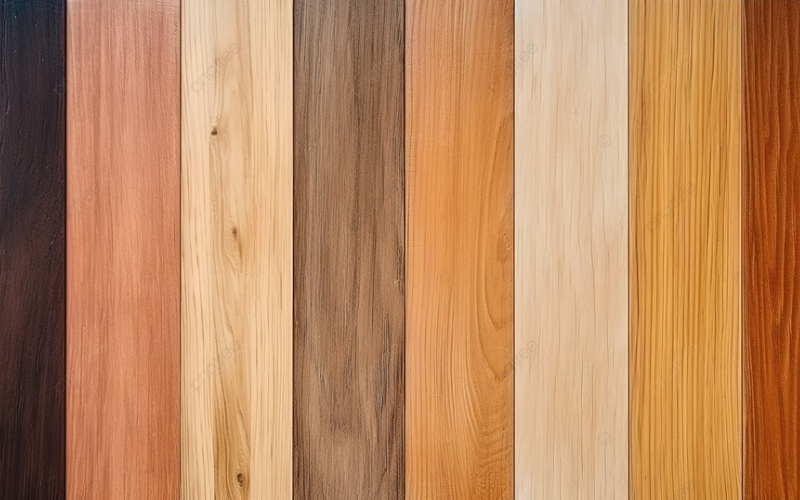Choosing the right type of wood for your furniture can make all the difference in durability, appearance, and functionality. With so many options available, it’s essential to understand the characteristics of various wood types to make an informed decision. This guide will walk you through different types of wood for furniture, their advantages, and tips to choose the best one for your needs.
Best Hardwood Furniture (4 Types)
Hardwoods are derived from deciduous trees, known for their density and durability. They’re ideal for high-quality furniture pieces that last for decades.
1. Oak Wood
Advantages: Oak stands out for its strength, durability, and timeless charm. Its beautiful grain pattern adds a rustic yet refined touch to any furniture piece. Oak is also resistant to wear, which makes it an excellent long-term investment for high-use furniture.
Best Uses: Oak is ideal for dining tables, cabinets, and bookshelves. The sturdy nature of oak ensures it can handle daily use with ease while maintaining its visual appeal over time.
Why Choose Oak Wood? If you are looking for a classic material that blends form and function, oak is a reliable option for both traditional and modern designs.
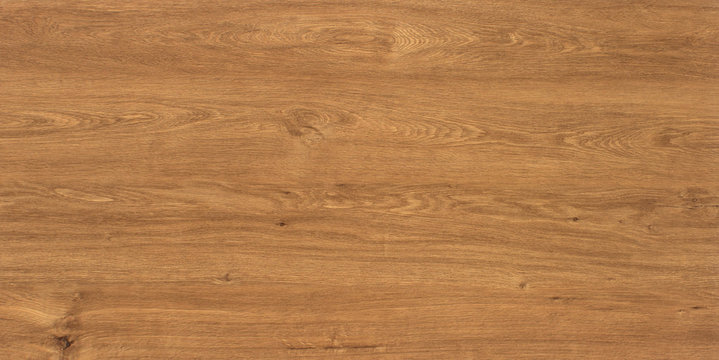
2. Mahogany Wood
Advantages: Renowned for its rich, reddish-brown color and smooth texture, mahogany exudes a sense of luxury and elegance. It ages beautifully, often deepening in color over time, making it a favorite for furniture with a timeless, antique aesthetic.
Best Uses: Mahogany is commonly used in luxury furniture, antique-style pieces, and desks. Its refined finish and natural warmth make it particularly appealing for furniture that makes a statement in an office or living space.
Why Choose Mahogany Wood? If you’re aiming for an opulent or classic look, mahogany is the perfect choice to elevate the overall aesthetic of your home or workspace.
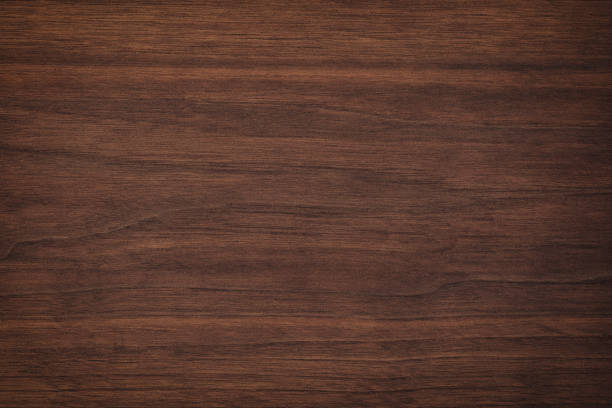
3. Walnut Wood
Advantages: Walnut is prized for its dark, rich tone and fine grain. It adds an air of sophistication and refinement to furniture designs. Walnut is also strong and durable, making it an ideal material for intricate craftsmanship and bespoke furniture.
Best Uses: This versatile wood shines in headboards, dining tables, and statement furniture pieces like coffee tables or sideboards. Walnut enhances minimalistic spaces while maintaining a bold presence.
Why Choose Walnut Wood? For a balance of durability and elegance, walnut provides a high-end finish that enhances any room with its understated luxury.
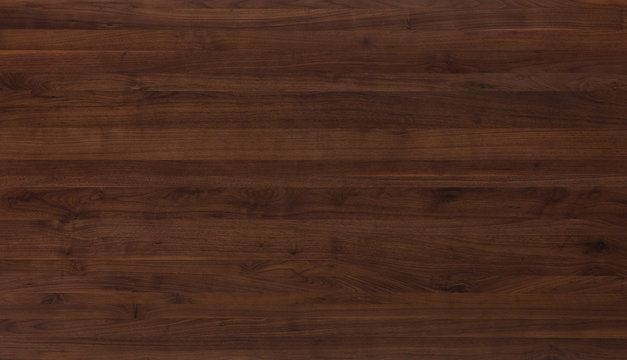
4. Teak Wood
Advantages: Known for its outstanding resistance to moisture, decay, and insects, teak is one of the most durable woods available. Its natural oils protect it from the elements, ensuring it remains strong and beautiful even in outdoor environments. Plus, teak’s golden-brown color develops a silvery patina over time when exposed to the elements.
Best Uses: Teak is the premier choice for outdoor furniture, from patio sets to garden benches. It’s also a popular material for poolside lounges and boat decks due to its resilience against water damage.
Why Choose Teak Wood? For furniture that can handle the great outdoors without losing its beauty or strength, teak is unmatched in durability and weather resistance. Learn more about its origins and unique properties in our guide: What is Teak Wood: Understanding Its Origins and Characteristics.
Hardwoods are prized for their strength and longevity, making them a preferred choice for premium wooden furniture.

Best Softwood for Furniture (3 Types)
Softwoods come from coniferous trees and are generally lighter and more affordable than hardwoods. Despite their name, some softwoods are quite durable.
1. Pine Wood
Advantages: Pine is a lightweight and highly versatile wood, making it a popular choice for furniture projects of all types. It is one of the most affordable softwoods available and is known for its workability, especially for beginners. Pine’s light color allows it to be easily stained or painted, giving you endless options to customize the wood to match your design preferences. Although it is softer than hardwoods, pine has enough strength for everyday use.
Best Uses: Pine is a fantastic choice for furniture meant for lighter use or pieces that require aesthetic customization. It works particularly well for beds, dressers, and children’s furniture, where its cost-efficiency and customizable nature allow for creative expression without breaking the bank.
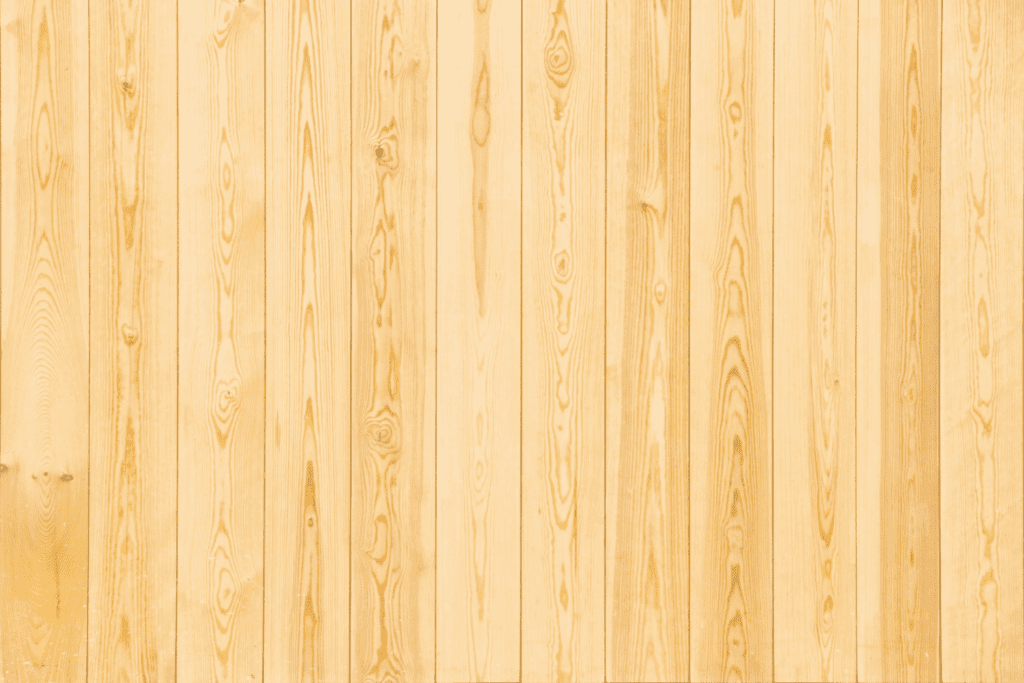
2. Cedar Wood
Advantages: Cedar stands out for its natural resistance to decay, pests, and moisture, making it an extremely durable option for specific furniture needs. Its pleasant aroma is another unique feature, commonly associated with cedar-lined storage furniture. This wood also has a distinctive reddish tone that adds a warm, natural look to your space. Cedar is low-maintenance and less prone to warping or cracking over time, making it ideal for items exposed to changing environments.
Best Uses: Cedar is perfect for storage furniture such as closets, chests, and storage benches where protecting contents from pests or moisture is important. It is also highly suited for outdoor furniture, as it can withstand the elements exceptionally well without compromising its structural integrity.

3. FIR Wood
Advantages: Known for its straight grain and naturally light color, fir is a favorite for creating rustic-style furniture. It is a sturdy yet affordable wood that offers excellent value for the price. Due to its understated grain and durability, fir is fantastic for painting or staining to achieve various aesthetic finishes. Its rugged charm gives it a farmhouse or rustic appeal that is especially popular among those looking for warm and earthy vibes in their decor.
Best Uses: Fir is most commonly used in tables, chairs, and other rustic-style furniture pieces. Its ability to withstand regular use combined with its visual appeal makes it a go-to option for functional yet stylish furniture, particularly in spaces that lean toward a countryside or vintage aesthetic.
Softwoods are ideal for casual furniture and budget-conscious buyers.
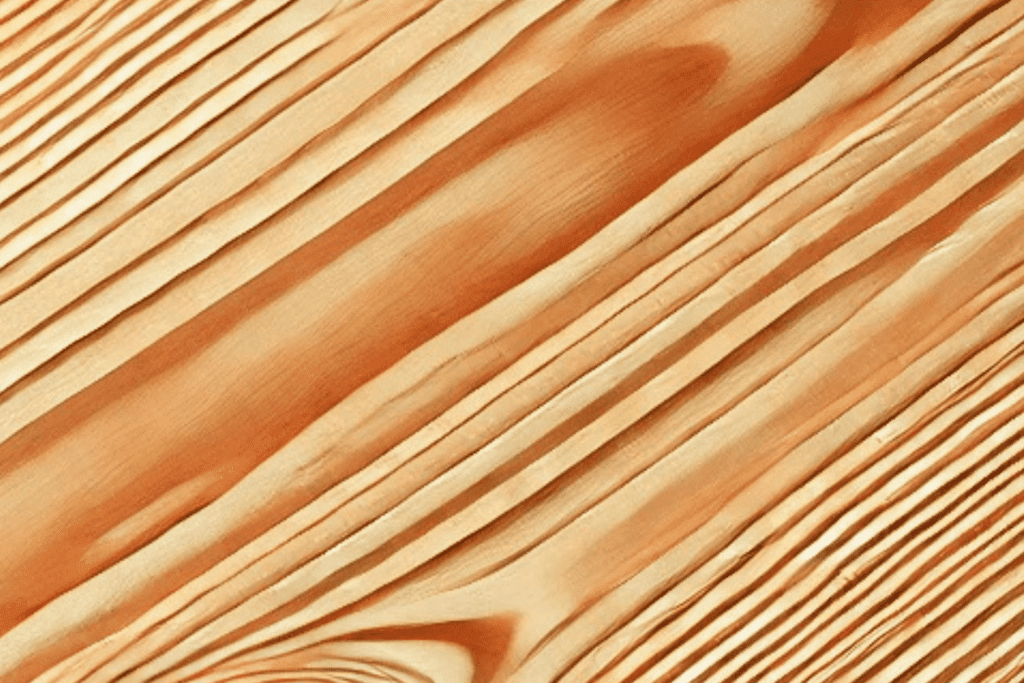
Hardwood vs Softwood: What’s the Difference?
Understanding the differences between hardwood and softwood can help you choose the right material for your furniture.
| Features | Harwood | Softwood |
| Durability | Very durable | Moderately durable |
| Cost | Expensive | Affordable |
| Grain Pattern | Rich and detailed | Simple and uniform |
| Best For | High-end, long-lasting furniture | Lightweight, casual furniture |
Specialized and Exotic Woods for Furniture
When it comes to creating unique and luxurious furniture, specialized and exotic woods can make a significant difference. Each type of wood brings its own unique properties, aesthetics, and benefits, making it important to carefully consider which one suits your needs. Here’s a comparative guide to help you.
3 Types of Exotic Wood
1. Rosewood
Why Choose It: Rosewood is celebrated for its rich, deep color and dramatic grain patterns, making it a favorite for high-end decorative furniture. Its natural beauty often eliminates the need for excessive ornamentation.
- Appearance: Deep reddish-brown tones with dark, dramatic grain patterns that add a touch of sophistication.
- Durability: Highly durable and resistant to wear, making it perfect for furniture that stands the test of time.
- Common Uses: Ideal for intricate pieces such as cabinets, tables, and decorative veneers.
- Considerations: Rosewood can be quite expensive due to its rarity, and sourcing it sustainably is a key concern for environmentally conscious buyers.
2. Ebony Wood
Why Choose It: Ebony is renowned for its unparalleled, rich black color and smooth texture, making it perfect for creating bold, striking furniture or intricate accents.
- Appearance: Offers a stunning, jet-black finish with an incredibly smooth surface that exudes luxury.
- Durability: Extremely dense and hard, offering excellent longevity and resistance to damage.
- Common Uses: Frequently used for detailed carvings, inlays, musical instruments, and statement furniture pieces.
- Considerations: Due to its density, ebony can be challenging to work with, and its price point is typically higher for premium projects.
Bamboo Wood
Why Choose It: Technically a grass, bamboo stands out for its eco-friendliness and contemporary appeal. It combines strength with sustainability, making it an excellent option for modern furniture designs.
- Appearance: Light, natural tones with a clean, uniform grain pattern that fits seamlessly into minimalist and modern designs.
- Durability: Known for its toughness and resistance to warping, bamboo is surprisingly strong despite its lightweight nature.
- Eco-Friendliness: Bamboo is highly renewable and environmentally friendly due to its rapid growth cycle.
- Common Uses: Popular for chairs, shelving, and eco-conscious furniture collections.
- Considerations: While durable, bamboo can scratch more easily than hardwoods and may require additional care to maintain its appearance.
Which One Should You Choose?
Selecting the right specialized or exotic wood ultimately depends on your design goals and priorities:
- Need sophistication and timeless elegance? Rosewood is an excellent choice.
- Want bold, luxurious accents? Go for Ebony.
- Looking for a sustainable, modern feel? Bamboo fits the bill perfectly.
Each of the Exotic Wood has its own charm and application, so consider your project’s requirements and your personal style when making a choice!
Sustainable and Reclaimed Wood Options
Sustainability is becoming increasingly important in furniture-making. Using eco-friendly wood options not only benefits the environment but also adds a unique character to your pieces.
Reclaimed Wood
Reclaimed wood is timber that’s been repurposed from old structures such as barns, factories, or even ships. Its weathered appearance and history make it a popular choice for rustic and industrial furniture.
Advantages
- Vintage Aesthetic: Reclaimed wood brings a natural and authentic charm, with imperfections like nail holes and grain patterns that contribute to its unique beauty.
- Waste Reduction: By reusing existing wood, reclaimed timber reduces the need for cutting down new trees, helping to minimize deforestation and landfill waste.
- Durability: Often sourced from older-growth trees, reclaimed wood tends to be denser and more durable than many modern, farmed alternatives.
Best Use Cases
Reclaimed wood is ideal for projects where character and history are emphasized, such as farmhouse dining tables, industrial-style shelving, and rustic accent walls.
Things to Consider
Keep in mind that reclaimed wood may require more preparation, such as cleaning, sanding, or even pest treatments. Additionally, sourcing high-quality reclaimed timber can sometimes be challenging and expensive.
Sustainable Wood
Sustainable wood is harvested in an environmentally responsible way, typically from forests that are managed for long-term ecological balance. Look for woods certified by the Forest Stewardship Council (FSC) for guaranteed sustainability.
Advantages
- Eco-Friendly: FSC-certified wood ensures trees are harvested responsibly, with minimal environmental impact, such as forest regeneration and species conservation.
- Wide Varieties Available: With sustainable wood, you have access to a broad range of options, from commonly used hardwoods like maple and oak to exotic varieties like bamboo.
- Modern Appeal: Sustainable wood often features clean lines and smooth finishes, making it perfect for modern and minimalist furniture designs.
Best Use Cases
Sustainable wood works wonderfully for contemporary furniture, cabinetry, and outdoor pieces, offering both durability and a positive environmental impact.
Things to Consider
While sustainable wood reduces environmental harm, it requires mindful purchasing from certified suppliers. Additionally, some sustainable wood options may carry a higher price tag due to certification and harvesting standards.
Which Should You Choose?
The decision between reclaimed and sustainable wood largely depends on your project goals and target audience. For a vintage, one-of-a-kind look that tells a story, reclaimed wood is the way to go. If you’re designing for modern and eco-conscious buyers, sustainable wood offers versatility and peace of mind.
How to Choose the Best Wood for Your Furniture
Selecting the right wood depends on various factors. Here’s a quick guide to help:
Best Wood for Indoor Furniture
For long-lasting and durable furniture pieces, hardwoods like oak or walnut are ideal. Oak is known for its strength and versatility, making it a popular choice for dining tables and bookshelves. Walnut, on the other hand, is sought after for its rich, dark finish, suitable for high-end furniture like coffee tables and bed frames.
Best Wood for Outdoor Furniture
Outdoor furniture needs to withstand weather elements, so woods like teak or cedar are perfect. Teak is jam-packed with natural oils that resist moisture and prevent weather-related wear and tear. Cedar, with its natural resistance to rot, is another excellent option, and it smells great too!
Budget
Your budget will often determine whether you choose hardwoods or softwoods.
High Budget
If you have room to splurge, hardwoods like mahogany, oak, or walnut are worth the investment. These woods are more durable and can last for decades with minimal wear.
Budget-Friendly Options
For a more cost-effective choice, consider softwoods like pine or fir. These are great for stylish yet affordable pieces but may require a bit more maintenance to stay in good shape.
Desired Aesthetic
Achieving the look you want is essential when it comes to furniture.
Classic and Traditional Style
For a timeless and elegant appearance, choose woods like oak or mahogany. Oak offers a warm, neutral tone that complements almost any decor, while mahogany’s deep, reddish-brown color creates a luxurious and refined feel.
Modern and Eco-Friendly Vibe
If you lean toward minimalist or green aesthetics, bamboo or reclaimed wood are great options. Bamboo is sustainable, lightweight, and contemporary-looking, while reclaimed wood offers a rustic charm with plenty of character.
Maintenance
Different woods require different levels of care to keep them looking their best.
Low-Maintenance Choices
Hardwoods like cherry, oak, and walnut are naturally resistant to wear and tear. They’re less prone to scratches and dents, making them ideal for households with pets or kids.
Higher-Maintenance Alternatives
Softwoods like pine may require regular sealing or polishing to prevent damage from scratches or stains. Softwoods are easier to dent, so they’ll need more careful use, especially in high-traffic areas like living rooms or dining spaces.
By weighing these factors—type, budget, aesthetic, and maintenance—you can pick the perfect wood for your furniture needs. Whether you’re designing a rustic outdoor bench or crafting a sleek indoor dining set, choosing the right wood ensures beauty and durability for years to come.
Choosing the best wood for furniture involves balancing durability, aesthetics, and budget. Whether you prefer the strength of hardwoods, the affordability of softwoods, or the uniqueness of exotic and reclaimed woods, there’s a perfect option for every need.
If you’re ready to invest in high-quality furniture made from the finest materials, explore our collection today and find the perfect addition to your home!

